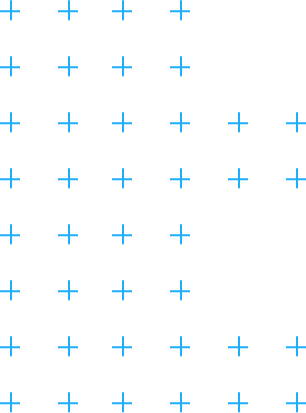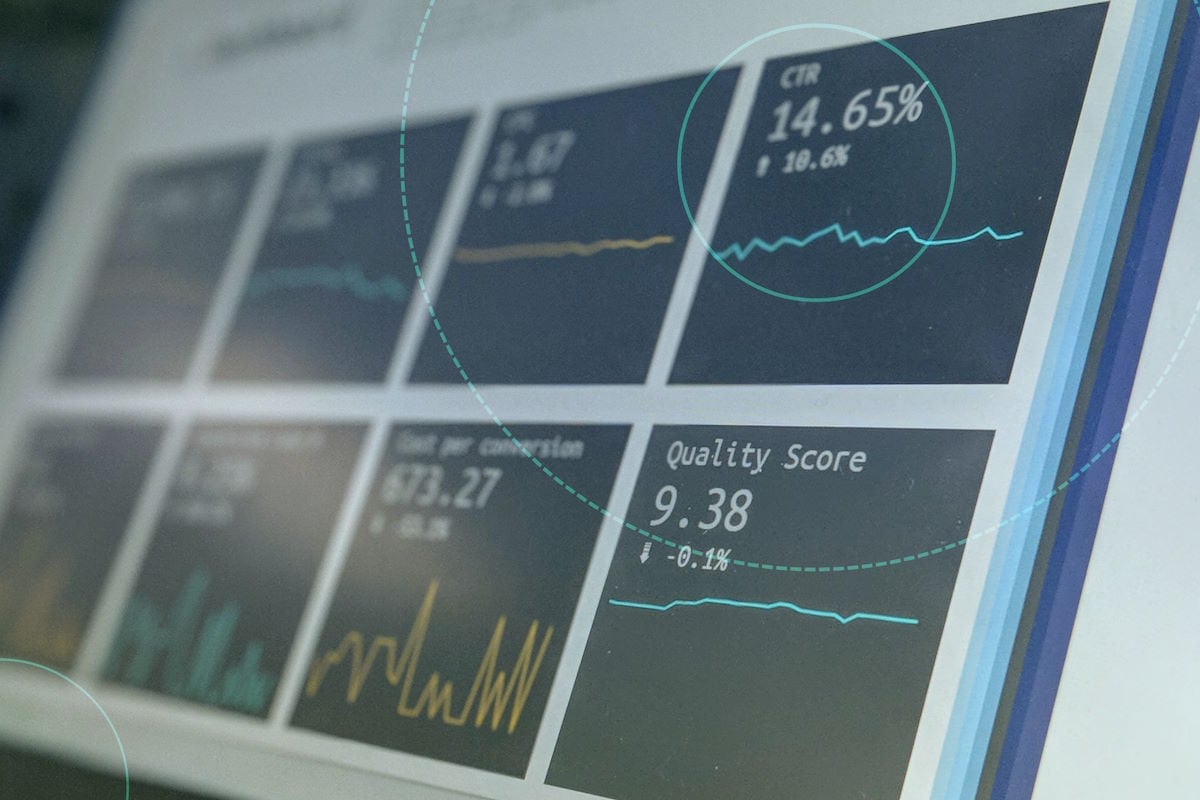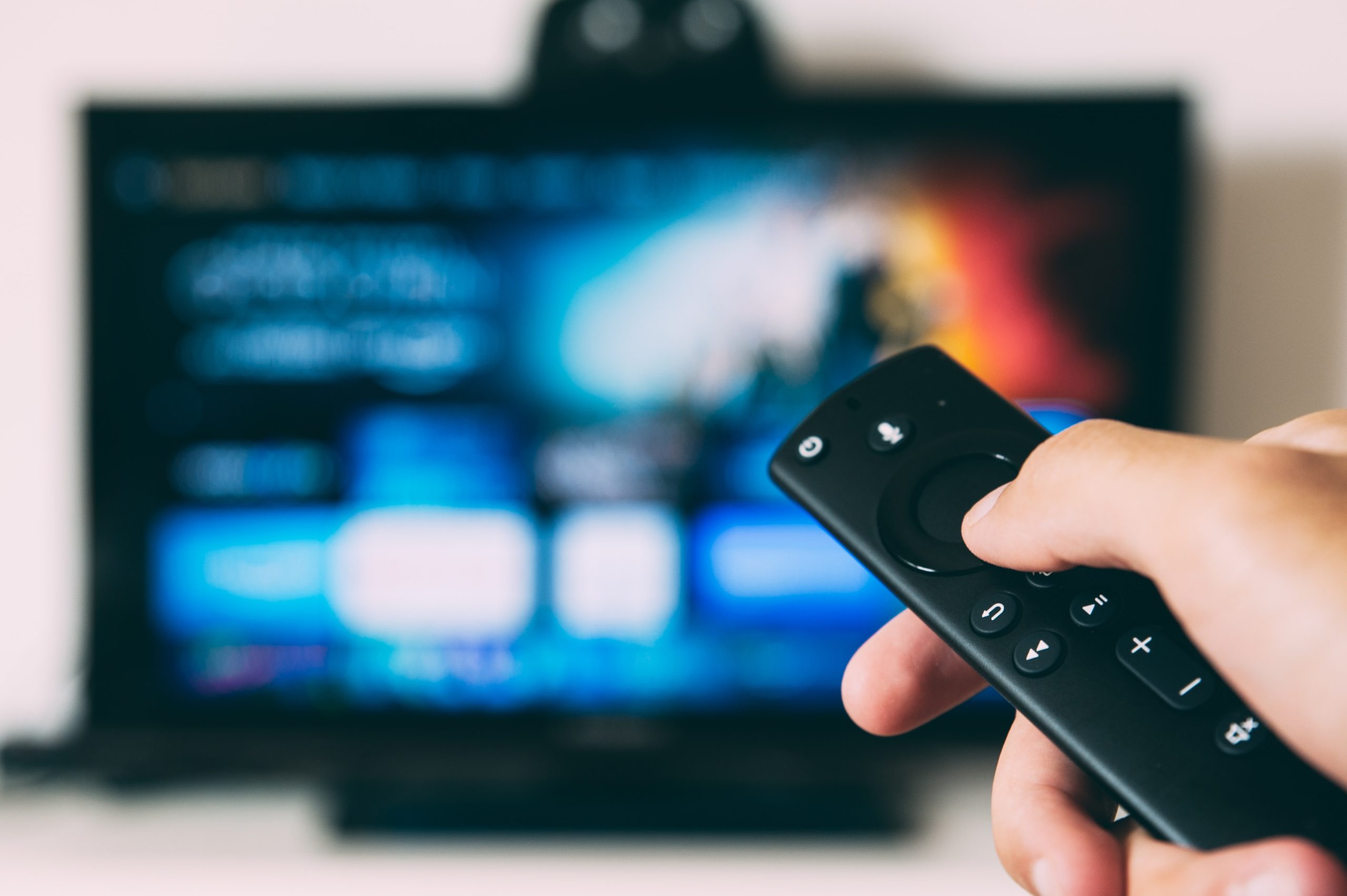Discover how TV advertising fuels your entire marketing funnel and why it’s time to rethink attribution.
For years, digital platforms like Google and Meta have positioned themselves as the heroes of performance marketing. Clicks, conversions, and return on ad spend (ROAS) all seem neatly packaged within their dashboards.
But what if that story is incomplete?
TV advertising — long considered a brand awareness channel — is actually the unsung hero driving demand across the entire funnel. The problem is that most marketers don’t realize TV’s impact because channels like search and social are quick to take the credit.
Today, we’re digging deeper to uncover the truth about TV’s role in generating demand and fueling conversions.
The Domino Effect of TV on Consumer Behavior
TV advertising isn’t just about getting your brand in front of people — it’s about triggering action. Think about it: when you see a compelling ad on TV, what’s the first thing you do? If you’re like most consumers, you grab your phone and look up the brand.
Consider industries like retail, gaming, and travel — sectors where customer decisions often require a mix of awareness, research, and urgency. A travel brand advertising a summer deal on TV might not see an immediate click, but they will see a surge in website visits, searches, and bookings over the following hours and days.
In fact, recent studies show that:
- Website visits spike immediately after a TV ad airs.
- Google search traffic for the brand increases exponentially within the first two hours post-ad.
- Direct website visits rise as viewers type in the brand’s URL.
Yet, despite all this activity, TV rarely gets the credit. Why? Because digital platforms claim the conversions as their own.
The Great Attribution Heist: Why TV’s Impact Gets Misattributed
The marketing world has become overly reliant on last-click attribution — giving 100% credit to the final touchpoint before a conversion. This is like giving a waiter all the credit for a delicious meal, when in reality, the chef did all the work.
Last-click channels like paid search are “intent harvesters.” They capture users who were already primed to buy. But where did that intent originate? More often than not, TV created it.
For example, if someone sees a TV ad for a new sneaker brand, they might not click on anything right away. But later, they Google the brand, click on a search ad, and make a purchase. Google’s dashboard will take full credit for that sale, even though TV was what inspired the buyer to search in the first place.
The good news? With the Performance TV boom, we can now track and measure TV’s impact with unprecedented accuracy. Sophisticated measurement tools analyze direct and indirect TV-driven activity, revealing just how much demand TV creates.
Take this jewelry brand, for example. The brand ran a CTV campaign via tvScientific and saw the following results immediately after their ads aired:
- A 600% spike in Google search-referred traffic
- A 255% increase in direct website visits (consumers typing in the URL directly)
- A decrease in Facebook engagement (because people shift attention from social scrolling to searching for the advertised brand)

When we remove search’s claimed attribution from the equation, it’s clear that TV drove an impressive 10x lift in web traffic post-ad. And that’s just in the first two hours — longer-term effects drive even more incremental revenue.
Rethinking Your Marketing Mix for Maximum Growth
So, what should marketers do differently? The answer lies in a smarter, blended approach that aligns TV with digital for a more holistic view of performance:
- Adjust attribution models: Move beyond last-click metrics and adopt multi-touch attribution or incrementality testing to better understand how TV influences the consumer journey (we discussed this in our latest webinar, which you can watch on demand here).
- Leverage TV for demand creation: Beyond driving awareness, use TV to actively fuel your performance marketing channels by introducing new audiences into the funnel.
- Integrate TV with digital campaigns: Leverage TV-driven data to optimize retargeting efforts on search and social. Retarget users who visited your site after seeing a TV ad and align messaging across platforms for a seamless experience.
- Optimize media spend based on full-funnel impact: Shift budget allocations to reflect TV’s true contribution. Brands that balance TV and digital investments see higher efficiency and long-term ROI.
By shifting the focus from intent harvesting to demand creation, marketers can unlock a more accurate view of what’s driving their business forward. Those who fully integrate TV into their performance marketing strategy will gain a competitive edge, leveraging its unmatched ability to generate new customers while maximizing digital conversion rates.
TV Fuels Your Entire Marketing Funnel
TV has long been underestimated as a performance marketing tool, but the data is clear: it drives demand, search, and conversions in ways that digital platforms alone cannot. If you’re only measuring marketing success through last-click attribution, you’re missing a huge piece of the puzzle. It’s time to rethink how we measure success and give TV the credit it deserves.
Want to see the impact of TV on your brand? Let’s prove it together. Book a demo to see how tvScientific can help.






